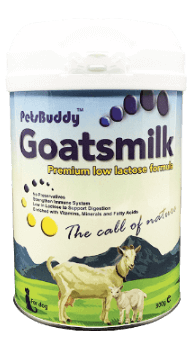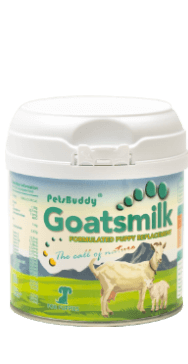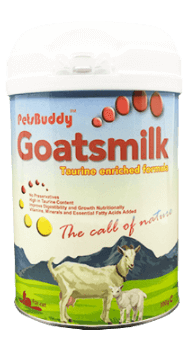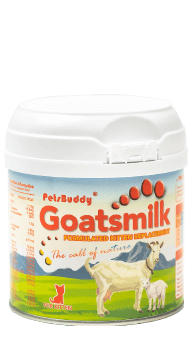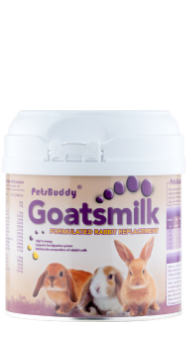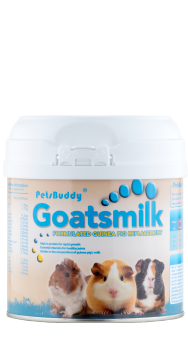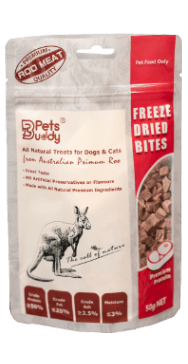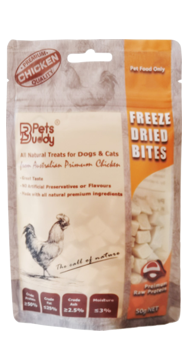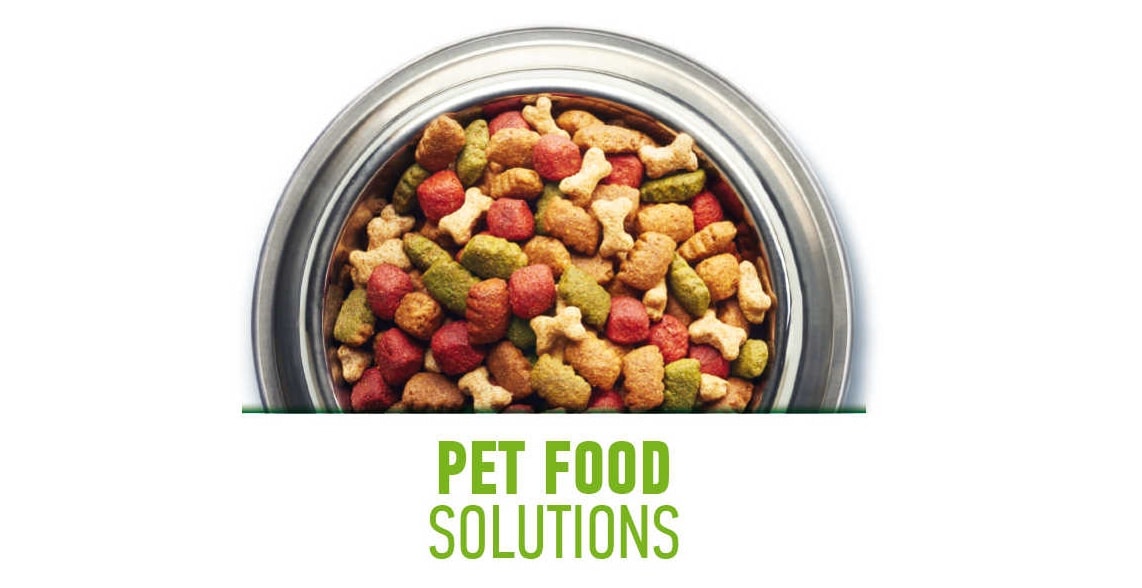Two presentations at Petfood Forum 2018 highlighted the need for alternative pet food ingredient research.
As pet owner demands continue to evolve, pet food industry is getting emphasize that dogs and cats can get the nutrients they need no matter what formulation is.
“Dogs and cats require nutrients, not ingredients,” said Gary Davenport, PhD, companion animal technical manager at ADM Animal Nutrition. Davenport presented on “Dried yeast: alternative protein for dogs and cats” on Tuesday, April 24 at Petfood Forum.
According to Aurélie de Ratuld, PhD, R&D cat platform manager for Diana Pet Food, it is time to pay more attention onto pet food ingredient availability and sustainability, which means more pet food production is needed, and more meat, marine and vegetable raw materials must be available to meet production needs. Davenport presented further challenges during his session: how can we continue to feed animal-based proteins when pets are increasingly fighting for the same food resources as humans?
What makes for an ideal alternative protein ingredient? According to Davenport, such an ingredient must be high quality, cost effective, label friendly, appealing to the consumer and in consistent supply — quite the tall order. But that, he said, is exactly where yeast comes in.
According to Davenport’s research, dried yeast expressed on a lysine basis has the same protein quality as egg. In his study presented at Petfood Forum, cats showed a higher preference for the presented yeast diet versus the control diet; there was twice as much of the yeast diet consumed as the control. Dogs also had a higher preference for the yeast diet, selecting it 26 times versus 14 times for the control diet and producing an 11:5 ratio of dogs choosing the yeast diet on both days of the study versus the control.
Yeast, said Davenport, has demonstrated nutrition suitability: it’s a high-quality protein with balanced essential amino acids, low fat and ash contents, high palatability and digestibility, and no known anti-nutritional factors. Formulation-wise, it’s label friendly and a complementary protein with an economical advantage. According to Davenport, it’s the ideal protein source for both pet food and treats, weight control and senior formulas, large breed puppy formulas, and cat formulas of all life stages.
“A product such as dried yeast does fit that niche for something new, something different, as a protein source,” he said. It is incumbent upon manufacturers to continue the search for alternative answers — even if it means looking to history or less obvious avenues for insight.
